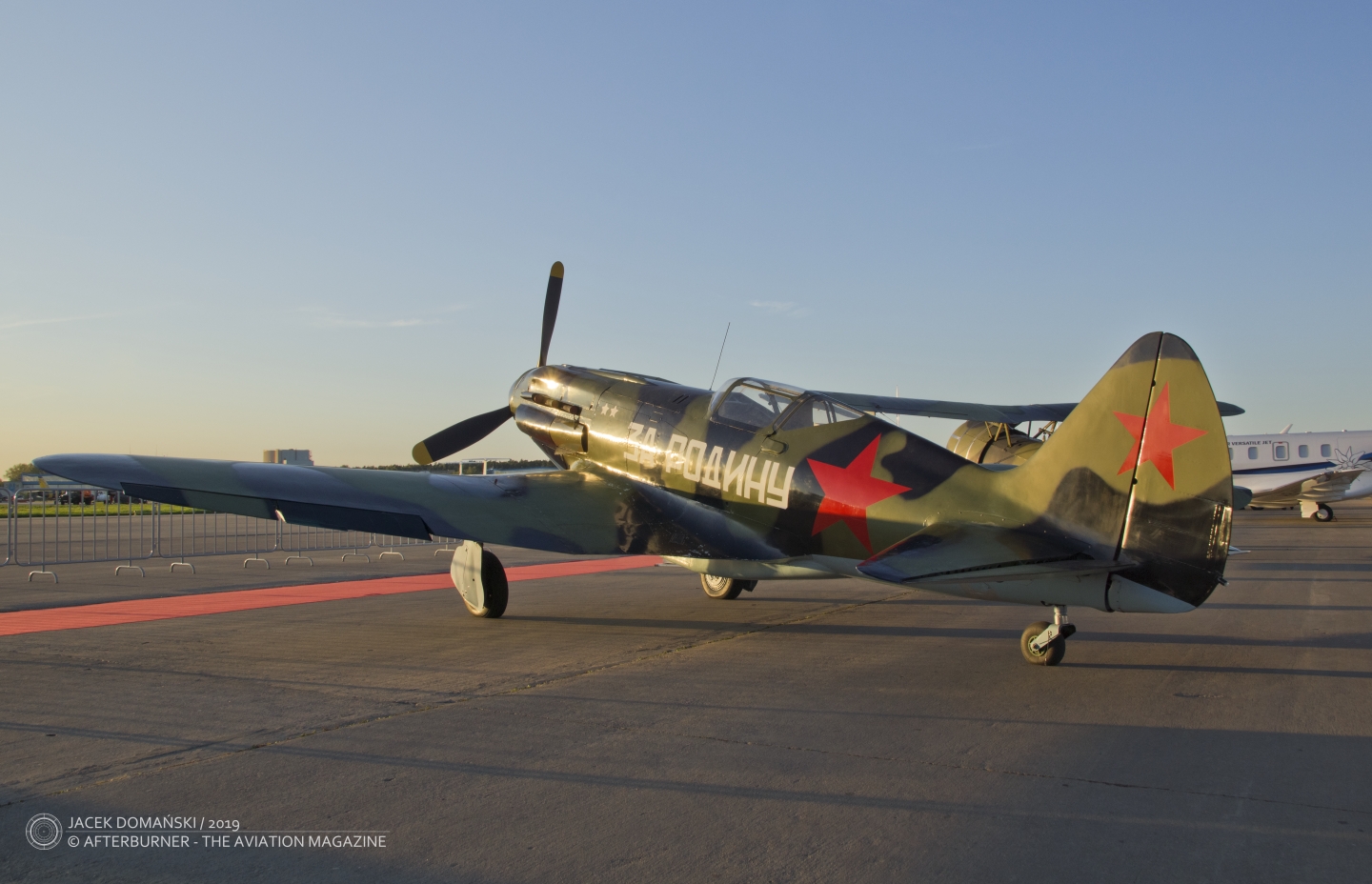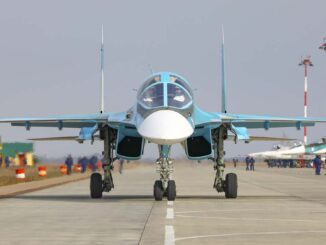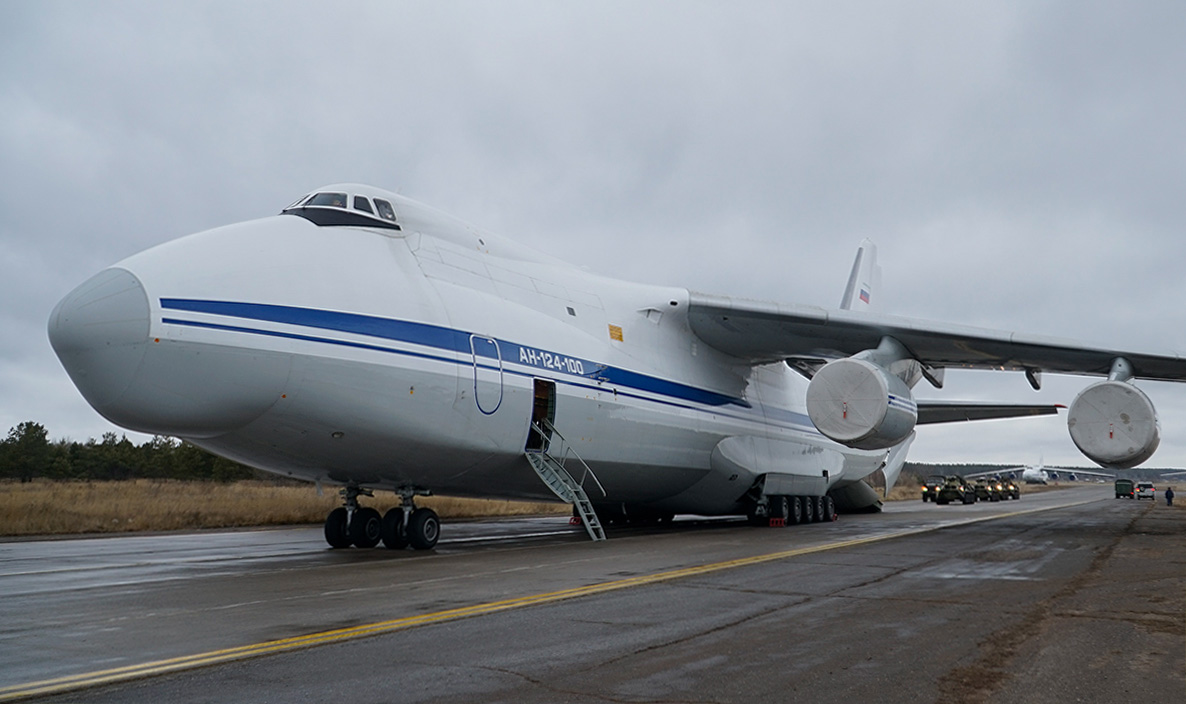
Mikoyan-Gurevich MiG-3 c/n 3872 (RA-1563G) from Vadim Zadorozhny´s collection, static display during MAKS-2019 (Zhukovsky, Moscow area).
MiG-3, the Soviet interceptor fighter from the early 1940s, is among the iconic aircraft of the World War II. Inextricably linked with the years 1941 and 1942 – the time of Axis invasion of the Soviet Union – is usually a symbol of the Soviet air defence during the initial stage of the Great Patriotic War.
Although designed solely for the role of high-altitude interceptor, the aircraft was used for several other tasks (including also the fighter-bomber role), that resulted in a high combat rate. The MiG-3 fighter also suffered from the usual ´infantile diseases´ being a result of the quick re-development from MiG-1 prototype – but in 1941 it was still the best Soviet fighter (due to insignificant quantity of Yak-1 aircraft).
There were more than 3,000 fighters of that type built, but just a few survived until today, usually being the meticulously restored wreckages, recovered from the World War II crash sites.
MiG-3 with serial number 3872 was shot down near Chichakovo village on 15th August 1942 (during the Battle of Rzhev / the First Rzhev–Sychyovka Offensive Operation) after a short combat between six MiG-3s and a pair of Me 109. The Soviet pilots were surprised by Germans who suddenly appeared from the clouds, fire several rounds and disappeared again without engaging in the dogfight.
As a result of sudden German attack, two MiG-3 fighters have been hit. The aircraft flown by the Senior Lieutenant Korobkov, the leader of formation, was significantly damaged but Korobkov made it to the home airfield. The second fighter, piloted by Lieutenant Alekseev, was shot down and crashed, killing the pilot.
Alekseev crash site was identified in 2005. Shortly thereafter it was decided to use the ´3872´ as a base for the MiG-3 restoration project carried out by the Winged Memory of Victory (Крылатая память победы) foundation and the Vadim Zadorozhny´s Museum of Vehicles. The works were performed in Novosibirsk at Boris Osetinsky’s Aviarestoration company.
As there were no blueprints of MiG-3 survived, the restoration was long and laborious. Finally, in December 2009 the restored aircraft took-off for its maiden flight, flown by Vladimir Barsuk – test pilot and general director of SibNIA. Due to the lack of original Mikulin engines, the aircraft was powered (similarly as other restored MiG-3s) by Allison V-1710 with 1475 hp.
The remains of Lt. Alekseev were buried at the military cemetery in Zubcov and in 2017 a memorial was erected at the crash site. Some sources claim, that during this short combat he managed to position himself between the Me 109s and Korobkov, therefore saving his formation leader. Alekseev was, yet in 1942, posthumously awarded the Order of the Red Star. By the time of his death, Alekseev flew 154 combat sorties and shot down two German fighters.



